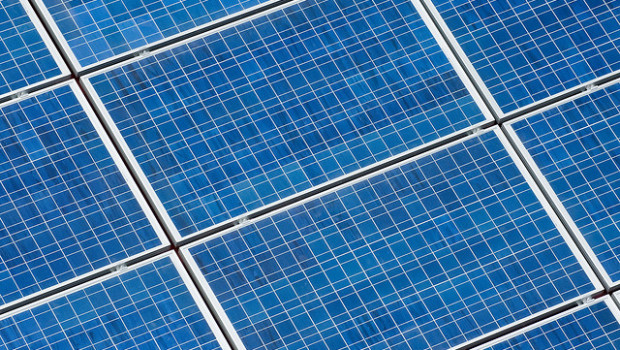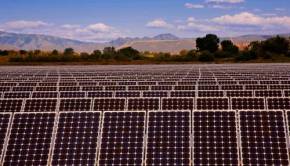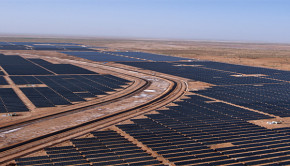Indian Company To Install World’s Largest Solar PV Project Over A Dam Barrier
November 13th, 2014 by Mridul Chadha
It’s not as if India is running out of land on which to set up solar photovoltaic projects, but Indian companies are coming up with highly innovative project designs as they aim to get a bite of the expanding solar power market in the country.
Rays Power Experts has secured a contract from Navi Mumbai Municipal Corporation to set up 20 MW of solar photovoltaic modules along the slope of the barrier wall of a gravity dam located in the western state of Maharashtra. The Morbe dam on Dhavari River is a gravity dam built to ensure water supply to nearby areas.
The dam wall is 3 kilometres long and has an earthen slope, and the company will make sure that any construction does not adversely impact the integrity of the dam, Rahul Gupta, the founder of Rays Power Experts told a national daily newspaper.
The construction of the project would be quite difficult, as the company would first have to prepare a firm foundation over the wall to which the mounting structures can be placed. While the company would like to disturb the wall as little as possible, it would also face the change of fixed incline of the barrier wall, which may impact the overall output of the solar panels.
The project is the latest in what is a growing list of innovative solar power projects being undertaken in India. Gujarat, the leading state in terms of installed solar power capacity, already has a 1 MW canal-top solar PV project and is working on a similar project with 10 MW of capacity.
Earlier this year, the National Hydro Power Corporation (NHPC) Limited also announced that it will set up a 50 MW floating solar power project over a dam in the southern state of Kerala.
Keep up to date with all the hottest cleantech news by subscribing to our (free) cleantech newsletter, or keep an eye on sector-specific news by getting our (also free) solar energy newsletter, electric vehicle newsletter, or wind energy newsletter.
-
http://www.michaeljberndtson.com/ Michael Berndtson
-
Larry
-
JamesWimberley
-
http://www.michaeljberndtson.com/ Michael Berndtson
-
-
W[ll E

























